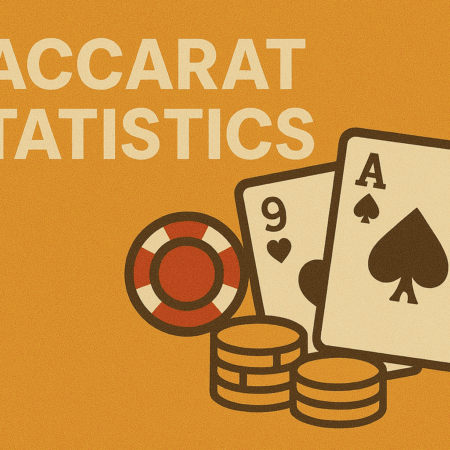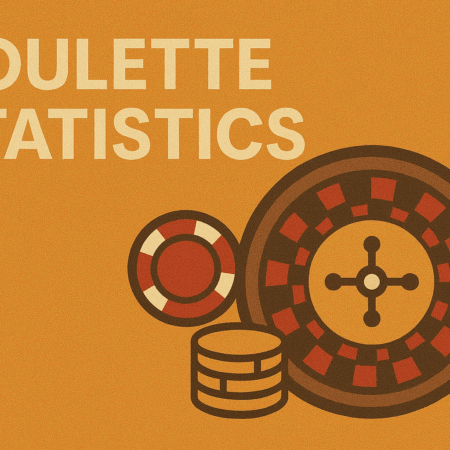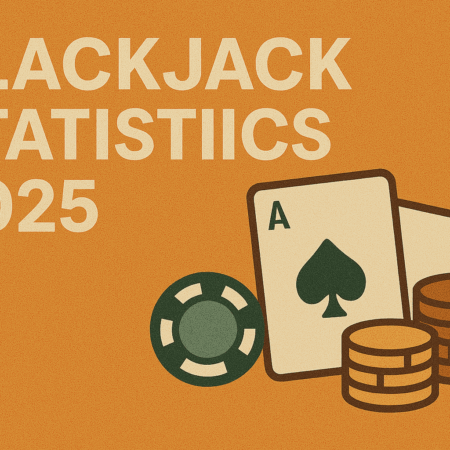Ethereum is more than just a cryptocurrency—it’s a decentralized platform that powers a wide range of applications, from decentralized finance (DeFi) to non-fungible tokens (NFTs) and beyond. Known as the “world computer,” Ethereum enables users to run smart contracts and decentralized applications (dApps) without relying on central authorities.
As of 2025, Ethereum has completed its long-awaited transition to proof-of-stake (PoS), scaled significantly via Layer 2 solutions, and remains the largest and most influential smart contract platform. This guide breaks down how Ethereum works, its evolution, and why it matters today.
What Is Ethereum?
Ethereum is a decentralized, open-source blockchain that allows developers to build and deploy smart contracts—self-executing programs with predefined rules. These smart contracts live on the Ethereum Virtual Machine (EVM), a global network of computers running in sync.
Launched in 2015 by Vitalik Buterin and others, Ethereum aimed to expand the utility of blockchain beyond peer-to-peer currency. Unlike Bitcoin, which focuses on secure payments, Ethereum functions as an ecosystem for programmable money, decentralized finance, gaming, digital identity, and more.
Ethereum vs. Bitcoin: Key Differences
| Feature | Ethereum | Bitcoin |
| Launched | 2015 | 2009 |
| Purpose | Smart contracts & dApps | Digital currency |
| Consensus (2025) | Proof-of-Stake (PoS) | Proof-of-Work (PoW) |
| Supply | Dynamic | 21 million cap |
| Smart Contracts | Yes | No |
Ethereum’s flexibility and programmability have made it the backbone of Web3 innovation, whereas Bitcoin is often viewed as digital gold.
How Smart Contracts Work
Smart contracts on Ethereum are written in Solidity (a programming language), deployed on the blockchain, and executed on the EVM. Once deployed, these contracts are immutable and self-enforcing.
Example:
A smart contract for a decentralized crowdfunding campaign could automatically return funds to contributors if a fundraising goal isn’t met by a certain deadline—no middleman required.
These smart contracts power decentralized applications that range from DeFi platforms like Aave to games like Axie Infinity and marketplaces like OpenSea.
Ethereum 2.0: From Proof-of-Work to Proof-of-Stake
One of the biggest changes in Ethereum’s history was the transition from Proof-of-Work to Proof-of-Stake, completed in September 2022 during the event known as The Merge.
Key Benefits of PoS:
- Energy Efficiency: Reduced energy use by over 99%.
- Security: Economic incentives discourage malicious activity.
- Decentralization: More users can participate in staking compared to mining.
In PoS, validators are chosen to propose and attest blocks based on the amount of ETH they’ve staked, making the network more sustainable and inclusive.
Scalability: Layer 2 and Rollups in 2025
While Ethereum’s base layer remains secure and decentralized, it cannot handle massive transaction volume efficiently on its own. That’s where Layer 2 solutions come in.
Top Layer 2 Technologies:
- Optimistic Rollups (e.g., Optimism, Arbitrum)
- Zero-Knowledge Rollups (e.g., zkSync, StarkNet)
- Validiums and Plasma Chains
These solutions bundle hundreds or thousands of transactions off-chain and submit summaries back to Ethereum, enabling faster speeds and lower gas fees.
As of 2025, over $30 billion in total value is locked in Ethereum Layer 2 protocols, according to L2Beat.
Key Use Cases for Ethereum in 2025
1. Decentralized Finance (DeFi)
Ethereum powers lending platforms, decentralized exchanges (DEXs), and stablecoins that eliminate the need for traditional banks. Major players include:
- Uniswap (DEX)
- Compound (Lending)
- MakerDAO (Stablecoins)
2. NFTs and Digital Ownership
From art to music to real estate, NFTs on Ethereum represent verifiable ownership of digital assets. Standards like ERC-721 and ERC-1155 dominate the market.
3. Gaming and the Metaverse
Ethereum-based games integrate NFTs and tokens for player-owned economies. Examples include:
- Decentraland
- The Sandbox
- Illuvium
4. Identity and DAOs
Self-sovereign identities and decentralized autonomous organizations (DAOs) give users control over their identity and governance rights.
The Ethereum Ecosystem
Ethereum isn’t just a blockchain—it’s a thriving global community of developers, projects, and users. Here are key components:
| Component | Description |
| ETH | Native cryptocurrency used for gas fees and staking |
| Wallets | Tools to store and interact with Ethereum (e.g., MetaMask, Coinbase Wallet) |
| dApps | Decentralized apps running on Ethereum (e.g., Curve, OpenSea) |
| Nodes | Computers running the Ethereum software |
| Validators | Participants who stake ETH to secure the network |
Challenges Ethereum Still Faces
Despite its progress, Ethereum must address several ongoing issues:
- User Experience: Complex interfaces and wallet management remain barriers.
- Scalability at the Base Layer: Layer 2 helps, but Ethereum’s core still processes fewer than 50 TPS.
- High Gas Fees in Peak Periods: Still a problem during major launches or NFT drops.
- Regulatory Uncertainty: Ongoing discussions about whether ETH is a security.
What’s Next for Ethereum?
Ethereum’s 2025 roadmap focuses on:
- Danksharding: Next-gen scaling for massive throughput.
- Stateless Clients: Reduce resource burden on nodes.
- Improved UX: Simpler onboarding and transaction flows.
- Interoperability: Improved bridges between Ethereum and other blockchains.
Vitalik Buterin’s long-term vision includes a “rollup-centric Ethereum” with near-instant finality and seamless cross-chain interactions.
Final Thoughts
Ethereum has evolved from a bold experiment into a global platform powering billions of dollars in value. With proof-of-stake now fully operational, Layer 2 solutions thriving, and new dApps launched daily, Ethereum continues to lead the decentralized internet revolution.
Whether you’re an investor, developer, gamer, or curious newcomer, understanding Ethereum is key to navigating the crypto future.
Frequently Asked Questions (FAQ)
What is Ethereum used for in 2025?
Ethereum is used for DeFi platforms, NFT marketplaces, gaming economies, decentralized identities, DAOs, and smart contract execution across industries.
Is Ethereum proof-of-stake now?
Yes. As of September 2022, Ethereum transitioned from proof-of-work to proof-of-stake, dramatically reducing energy usage and increasing scalability.
What are gas fees, and how do they work?
Gas fees are small payments in ETH required to execute operations on Ethereum. They vary based on network demand and transaction complexity.
What’s the best way to buy or use Ethereum?
You can buy ETH on centralized exchanges (e.g., Coinbase, Binance) and use it via crypto wallets like MetaMask to interact with dApps.
What are Layer 2 solutions on Ethereum?
Layer 2s are scalability solutions that process transactions off-chain and submit summaries to the Ethereum mainnet. They lower fees and increase speed.
What makes Ethereum different from Bitcoin?
Ethereum supports smart contracts and dApps, while Bitcoin is focused on secure peer-to-peer payments. Ethereum is also now proof-of-stake, unlike Bitcoin’s proof-of-work.

 Canada
Canada Deutsch
Deutsch Español
Español Português
Português



